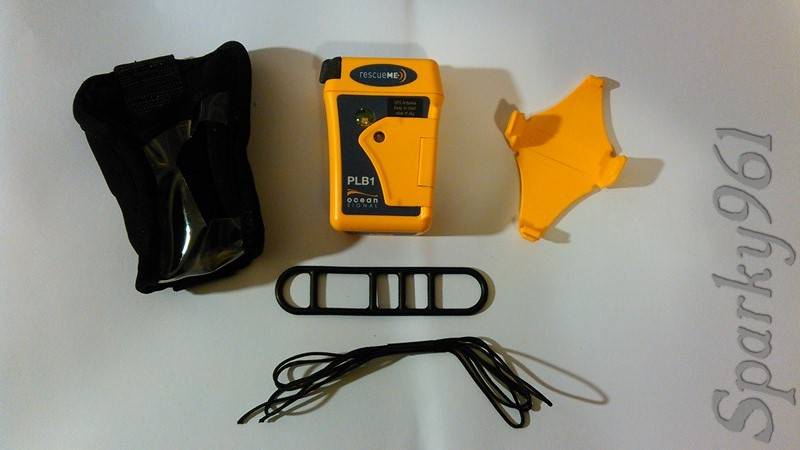Following my comment on a thread from a little while ago (http://forums.paddling.com/discussion/comment/2934653/#Comment_2934653), I’m quickly becoming convinced that my radio doesn’t offer near the level of “last resort” safety that I originally envisioned. This comes after I finally tried hailing the Coast Guard yesterday from near the Cape Croker lighthouse, Ontario, Canada. My plan was to hail them and get a radio check. No go. I tried twice with about 2 minutes between attempts, and nothing. Now, admittedly, my sample size of “1” is not very scientific. But this place is not what I’d call “very remote” either. There are three factors I can think of that may have played into it: 1) Being behind the high cliffs of the Niagara Escarpment, 2) Maybe they don’t monitor CH16 at this time of year, and 3) There was a large unidentified communication tower nearby, which may have provided signal but I was so close that I was inside the signal dead-zone at the tower. The long and short of it being that if I were in real trouble I’d have been on my own. I checked my phone for reception as well, and again - nothing.
So, I’m revisiting the idea of carrying a PLB. I would be intending to attach this to my PFD for kayaking and be able to swap it to a backpack for hiking in more remote locations.
With a quick Google search, I’ve found one short review of four devices:
- McMurdo FastFind 220
- SPOT Gen3
- DeLorme inReach Explorer
- ACR ResQLink+
http://www.canoekayak.com/gear/4-personal-locator-beacons-reviewed/#FB7ORaZWjX7cQHEs.97
Although the idea of having two way communication is a good selling feature for some devices, I don’t like the subscription fee or that they go through a private network rather than the nationally (internationally?) supported 406 MHz SAR satellite constellations.
Why the heck can’t they put this feature into a marine VHF radio? I’d still like to carry one for local Securite calls and/or Mayday calls with other boats around. Marine weather on a longer trip is also a reason to still carry one, but for a short trip (3 days or so) the forecast prior to leaving is probably going to give enough information.
I was hoping for some personal accounts of device practicality, durability and lifespan. Any links to reviews, good product description web pages and videos, and other options to consider that I haven’t mentioned above would be appreciated.






 Good to know.
Good to know.